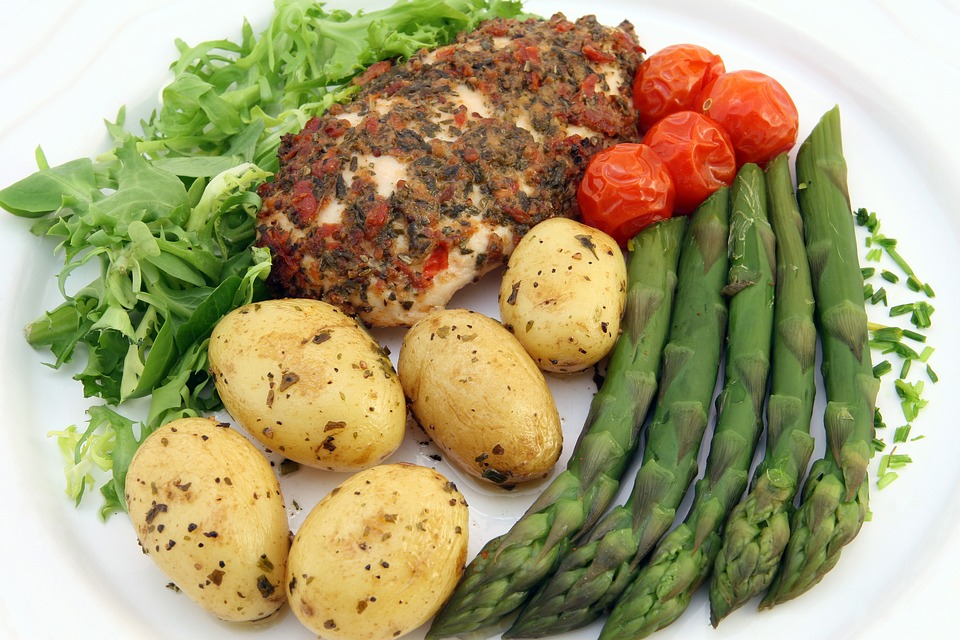By Mary Pletsch 16 Oct 2019 no comment 1082 Views
Last week we talked about how many people don’t know how much is “enough” when they’re putting food on their plates. This week we’ll describe serving sizes by comparing them to common objects.
Dairy
Cheese is very easy to over-consume. An ounce of cheese is about the size of two dice.
If you don’t consume dairy, ensure that you are eating other calcium-rich foods such as green leafy vegetables, and enough alternate sources of protein, such as lentils, quinoa, lean meat, and nuts.
Grains
Grains are another food group that’s often over-consumed. A serving of grains is equivalent to a slice of bread, or half a cup of pasta, oatmeal or rice. Half a cup is about as much as will fit into a cupcake wrapper. A full cup is the size of a tennis ball or ice cream scoop.
Oils
Healthy oils are important for proper nutrition, but it’s easy to pour too much and make your food greasy. Use a teaspoon to measure your oils when you’re cooking or dressing your salads. The average adult needs 5-7 teaspoons a day.
If you have to eyeball a condiment, like mustard or ketchup, a tablespoon is about the size of an adult’s thumb.
Fruits
Commercial fruit juices have lots of sugar and little fibre. When possible, skip them in favour of whole fruit, preferably fresh. A serving of fruit is approximately the size of a tennis ball. For berries, fill a ramekin, which will hold about 1/2 a cup.
Be aware that many coffee cups and tumblers these days are oversize and hold more than 1 cup of liquid. A “3/4 cup” serving of juice might be far less than ¾ of your glass. Measure it in a measuring cup before pouring it into your glass.
Vegetables
Most of us don’t get enough vegetables. A cup of raw leafy vegetables is about the size of a baseball. A half cup of cooked vegetables is about the size of a computer mouse. Adults need 7-10 servings per day. Most vegetables are low in calories, so go ahead and fill up on vegetables. Be careful, though, about eating high-calorie dressings, dips or sauces along with them.
Conversely, if you’re vegetarian or vegan, you will need to be sure you are getting enough servings of protein each day.
Protein
For red meat and poultry, a serving of meat is about the size of a deck of cards. For fish, it’s the size of a chequebook. One egg is a serving. For nuts, it’s a handful.
If you think you’re eating well, but still having trouble maintaining your weight, consider the size of your portions. Or, if you’re worried that you’re not getting enough vegetables or protein, this quick and easy guide will help you count your servings. Finally, when you’re at a buffet, you’ll know how much is “a serving” of each item.

